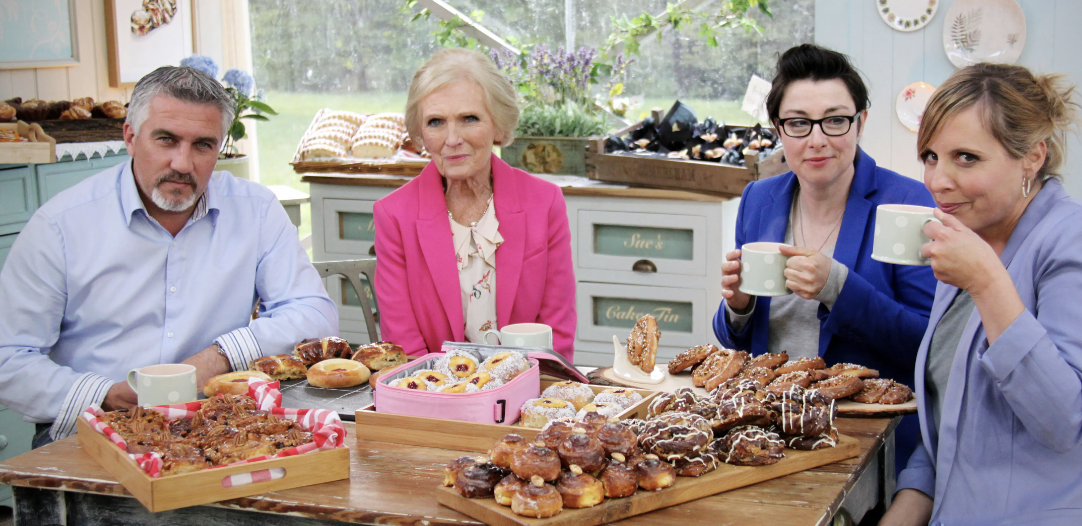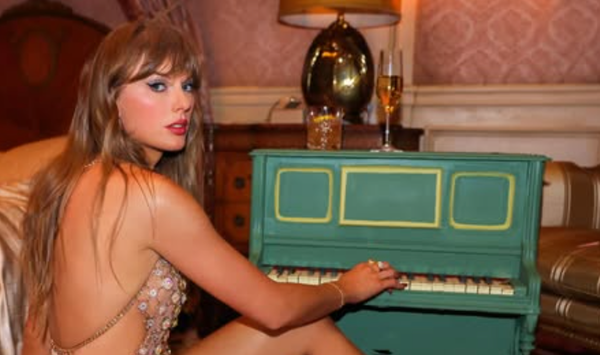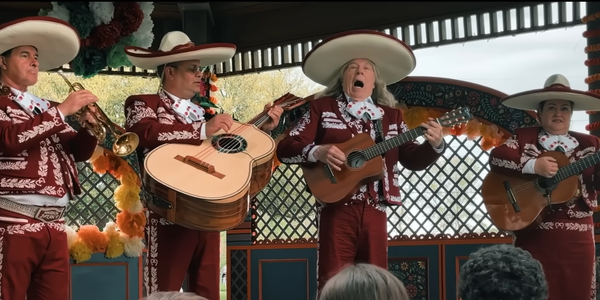An encyclopedic knowledge of pastry
What must it be like to be English?

As a reminder, this Substack will convert to a paid model on November 4, which is also the day that we will begin our community Coen Brothers Countdown. Be sure to click here to rank your personal Top 10 Coen films, and hit the button below to subscribe.
It’s likely that you’ve seen at least one episode of The Great British Bake Off — or as it’s known in the United States, thanks to a Pillbury trademark, The Great British Baking Show. It’s possible you’ve seen many. Maybe, like me, you’ve watched every episode of the main show available on Netflix.
And if you’ve watched multiple episodes of GBBO, it’s almost certain that the bakers have been asked to make a pastry or baked good that you have never once heard of in your entire life, but that hosts Paul Hollywood and Prue Leith assume everyone in the tent is intimately familiar with. Often, the introduction of the item is followed by some universal British truth. Something like, “Well we all know what a Glimfandine is, don’t we? We all eat them on Wednesdays before going to hospital.” And all the English/British bakers will support this as they speak to the camera. “Oh I love a Glimfandine, innit. Me gran would make them for summers down the country.”
Occasionally one of the bakers from a different European country will be like, “Well I’ve never baked a Glimfandine before, but I’m making mine with garam and tahini,” but then they’ll just make a perfect whatever-it-is and Paul Hollywood will love it.
Obviously, I’m aware that all of the contestants are told about the first and third challenges each week and get opportunities to practice them at home. And I understand that people who bake as a hobby will generally have a larger breadth of knowledge of the items they can potentially make than I, a person who does not often bake, possess.
But I think about the types of baked goods that Americans know. They’re basically:
- bread/bagel/croissant
- cake/cupcake
- cookie/cinnamon roll/monkey bread (the Pillsbury can family)
- biscuit/waffle/pancake (the Bisquick family)
- pie/tart/crumble
- donut
That’s basically it. Obviously depending on the neighborhood you like in, you might know types of baklava or Armenian pastry, or panes dulces, or any other regional or national baked goods, but those are the Standards for the bulk of White America. Meanwhile, over on GBBO, here are just some of the items the contestants have been asked to make in the past two seasons:
- Devonshire splits
- Dauphinoise Pithivier
- Financiers
- Millefoglie
- Lardy cake
- Battenbergs
- Viennese whirls
- Caramel Pardon-me-Vicars
- Tarte tatin
- Frangipane
- Paris-brest
Okay, I made up the “Pardon-me-Vicars” but the rest are 100 percent real. Very rarely is anything on the show treated as unusual, merely difficult.
The way everyone on the show treats most of these exotic delights just leads me to believe that Britons just walk around all day being exposed to pastries at every turn. Those cobblestone streets in London? Those are actually shortbread. Nelson’s Column? That’s merely a churro.
Growing up, we were led to believe that the extent of British baked goods that escaped containment were Thomas’s English Muffins and Fig Newtons. It turns out there’s a big old world out there, and it’s not just because what we call biscuits and what they call biscuits are different.
Let me be clear: all of this is sour grapes (which, coincidentally, is what Fig Newtons taste like). I wish I grew up knowing this constellation of delectable delights. Although on the other hand, the British only eat pancakes once a year, and those are rookie numbers. They’ve got to get those numbers up.
They also need to learn about biscuits and gravy.
Gather around, children. Let me sing for you the song of my people. [pours sausage gravy over absolutely everything]



